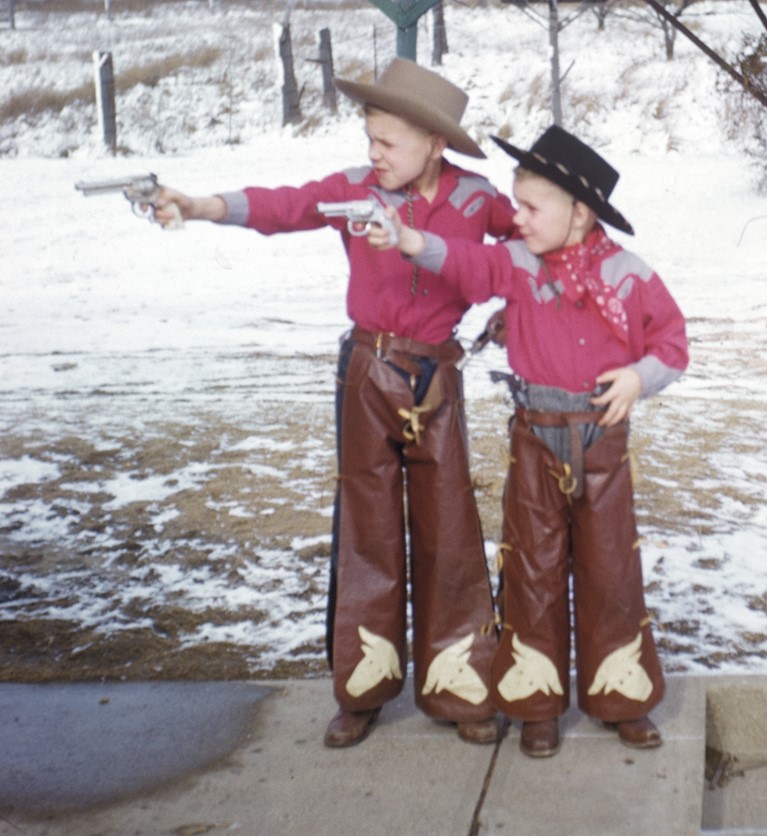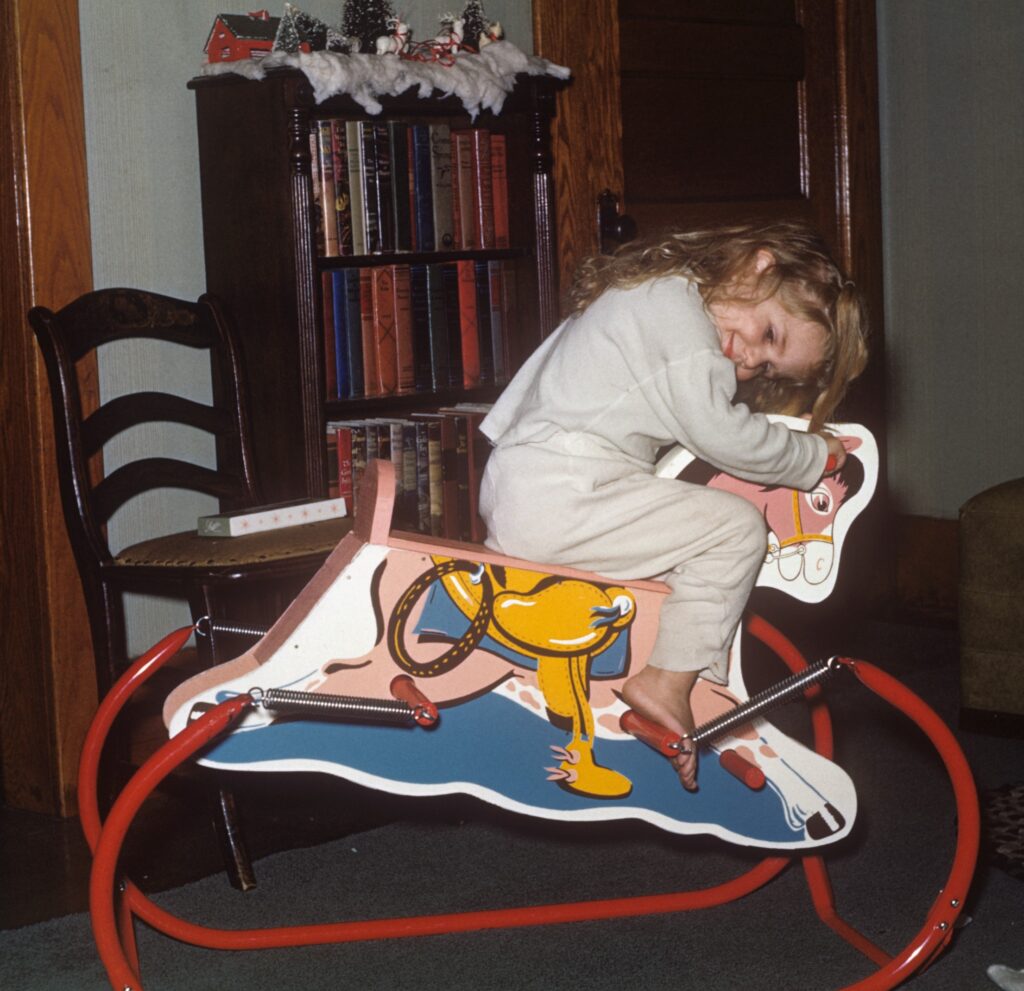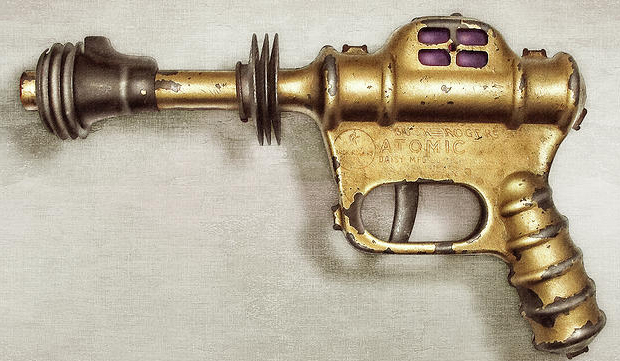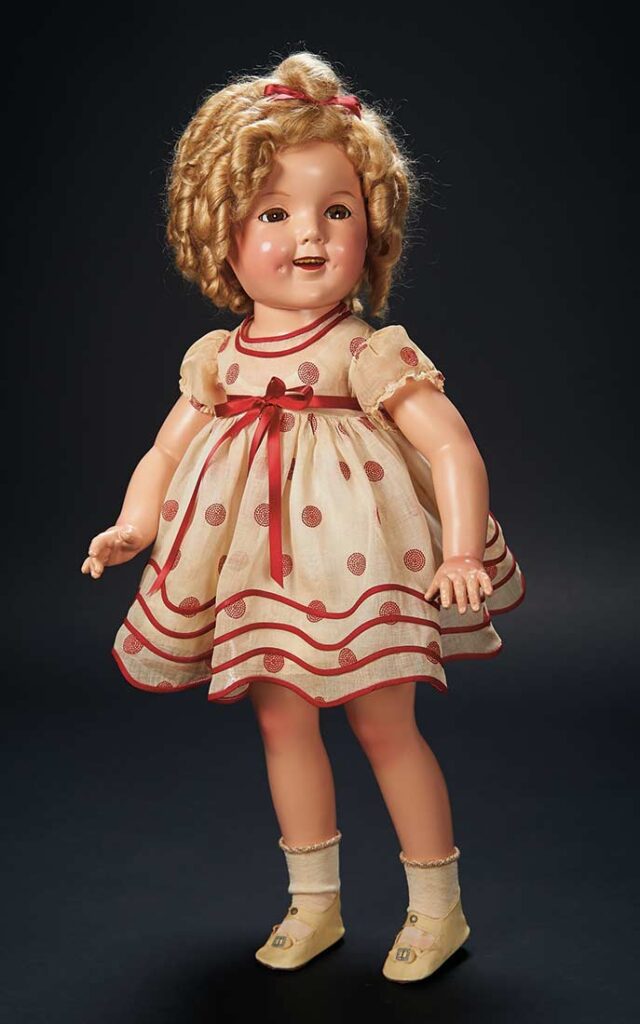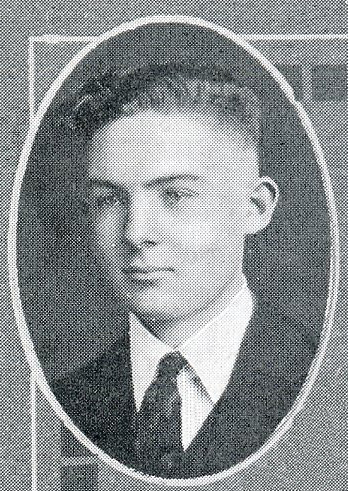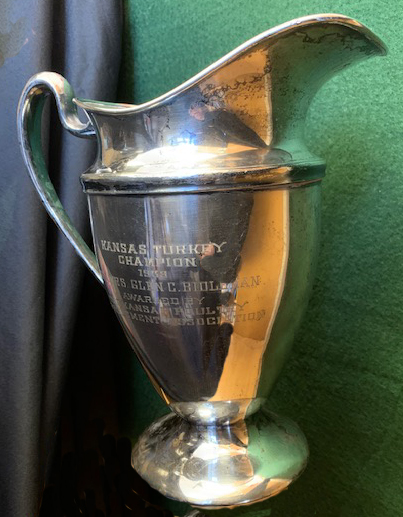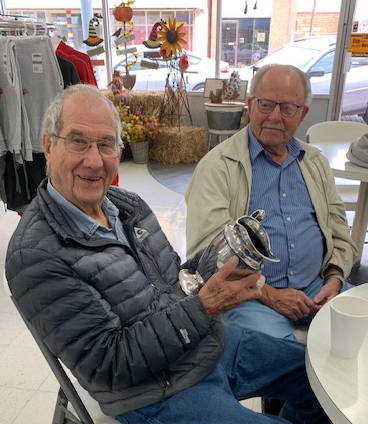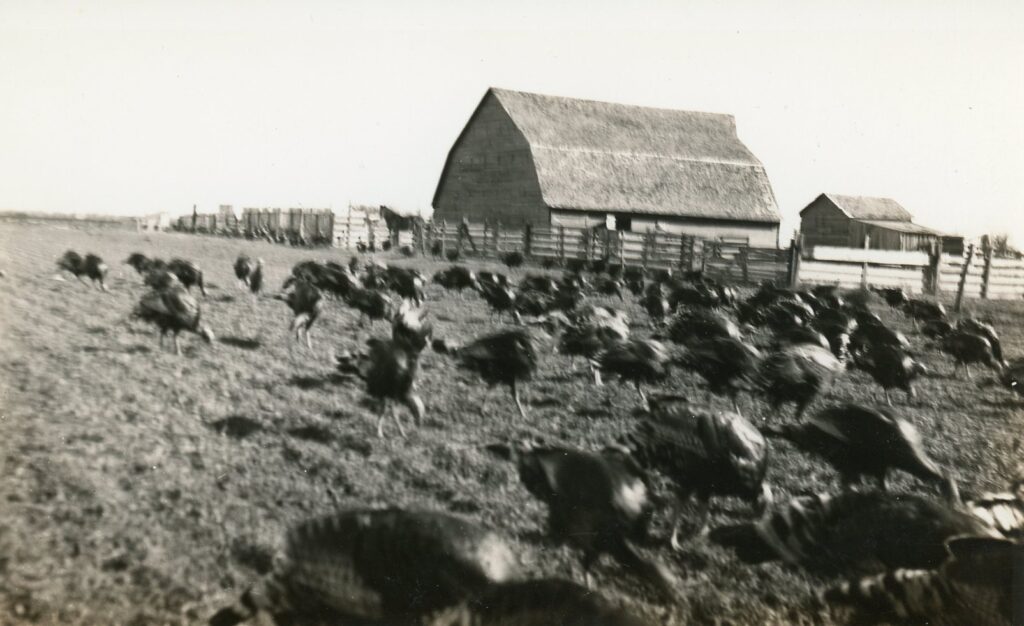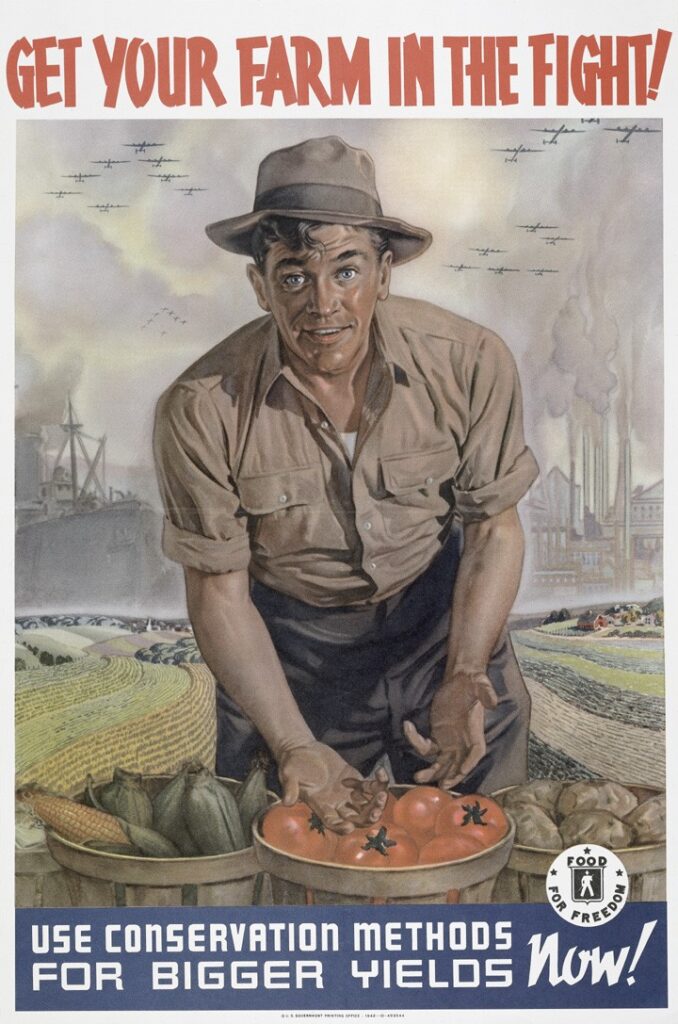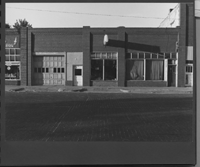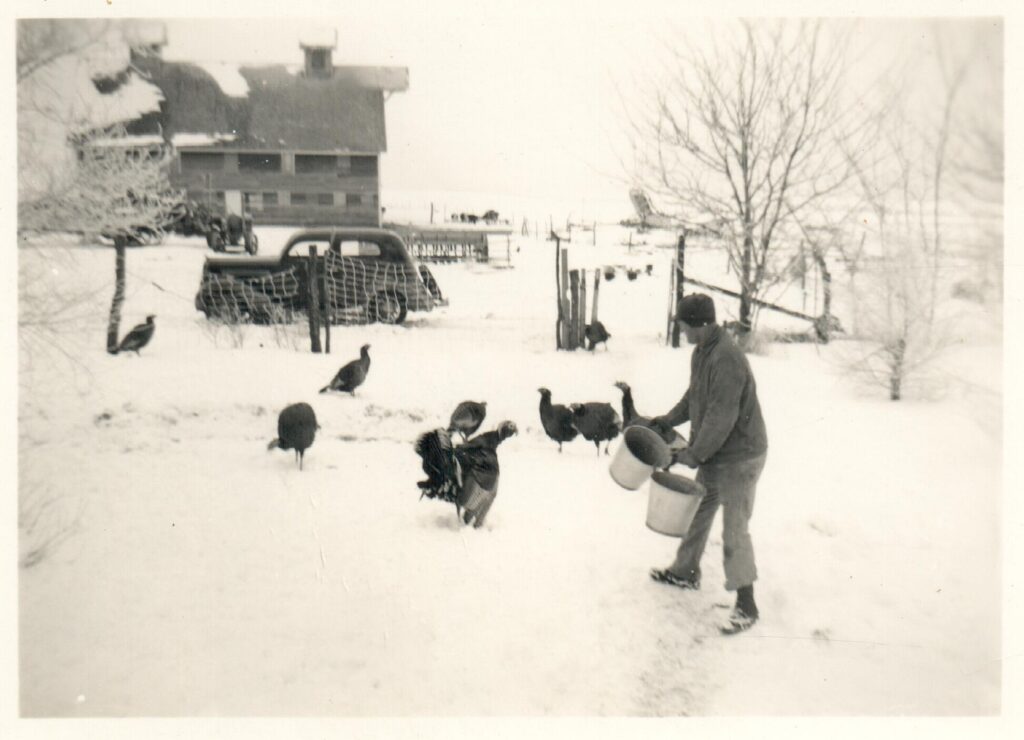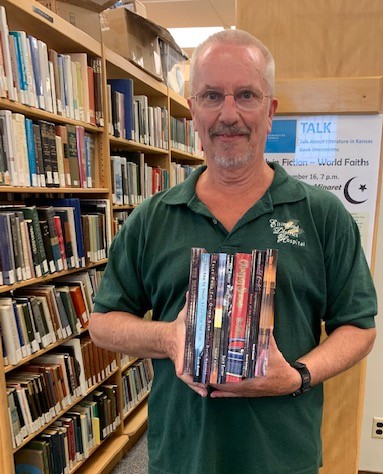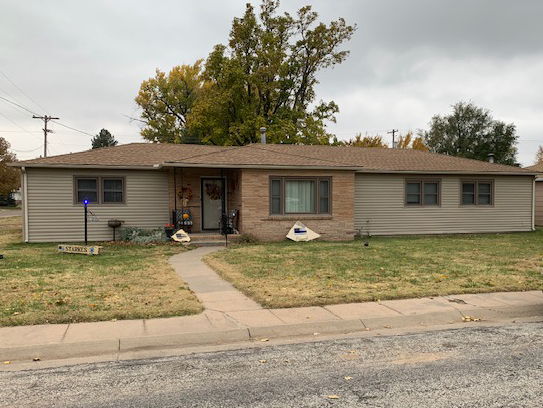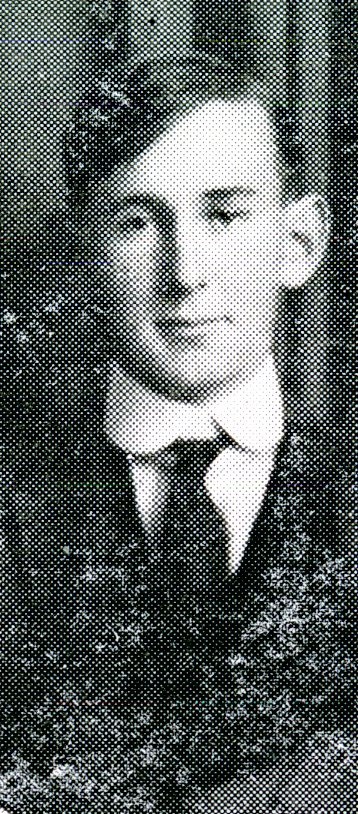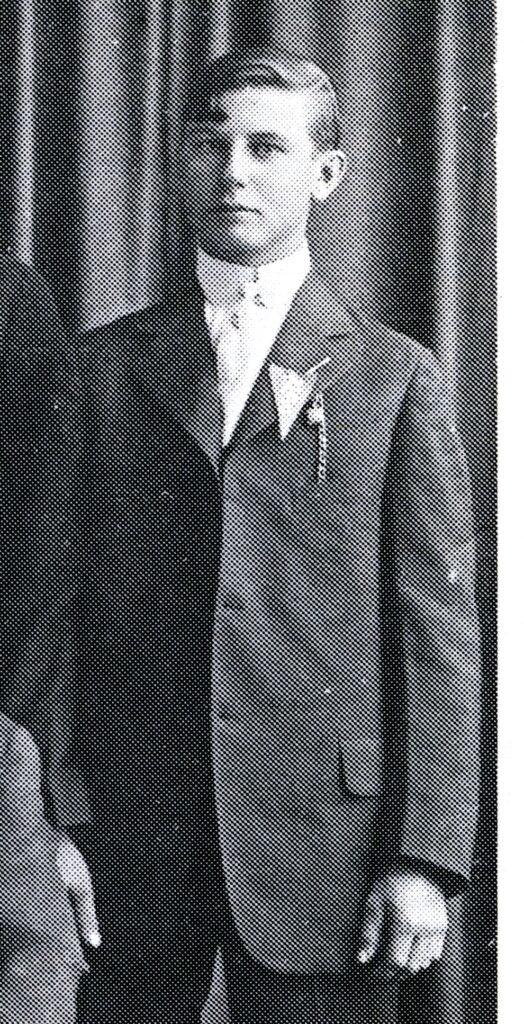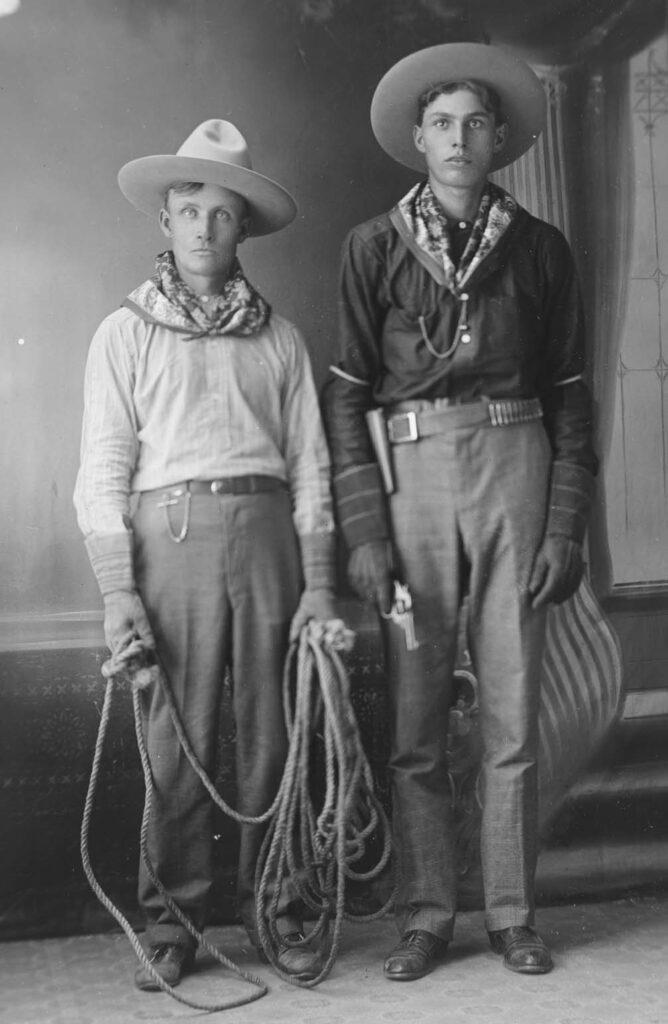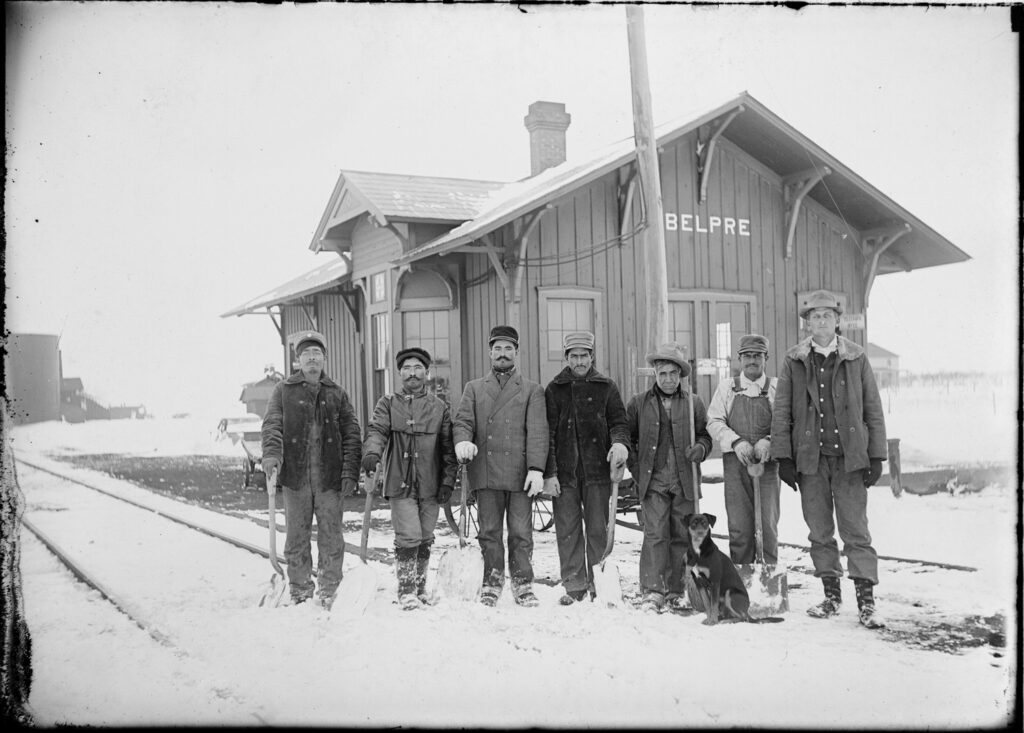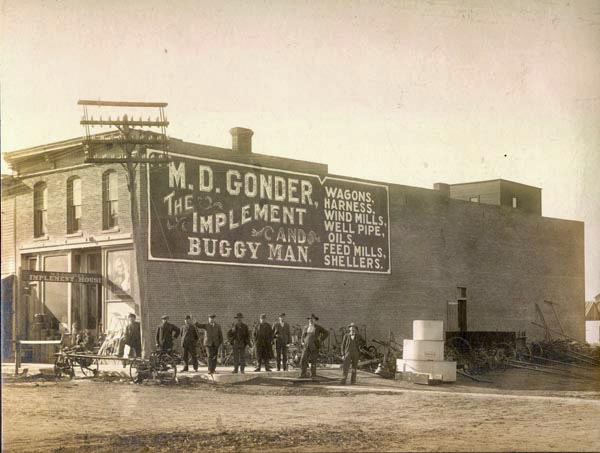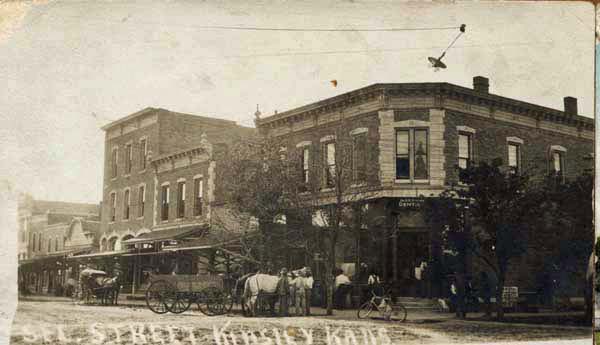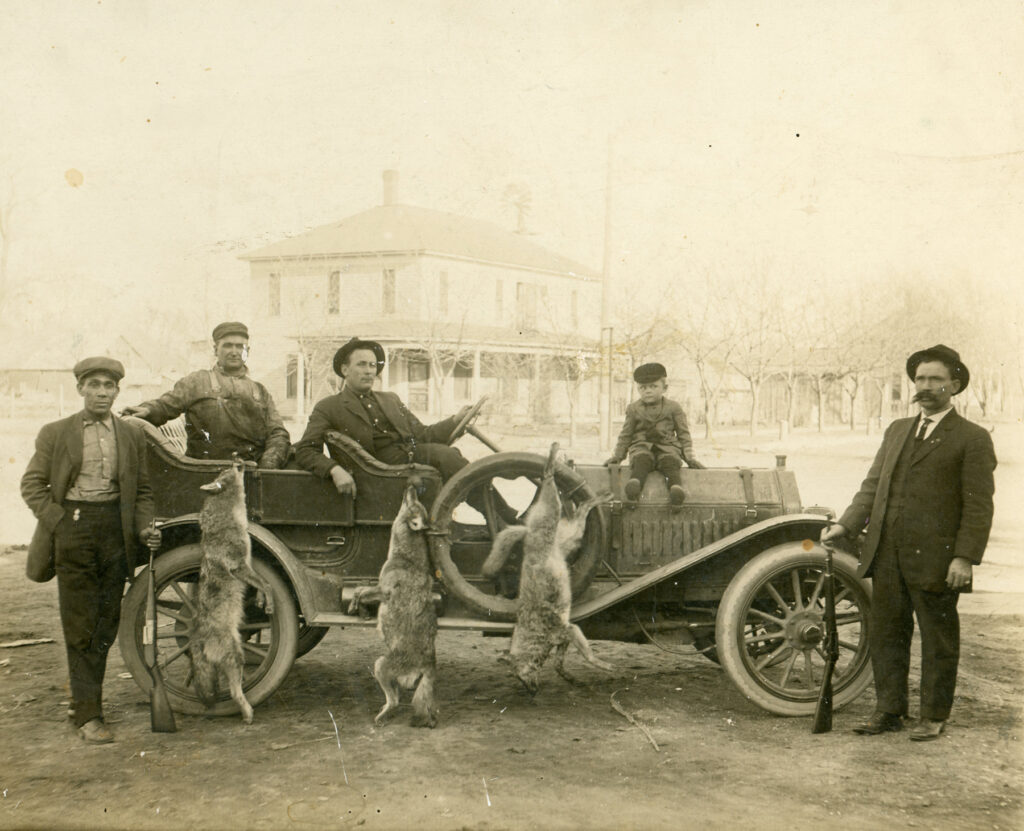Christmas is a season for memories, for telling family stories, old stories from the past and new stories created recently. These stories may be happy, funny, sad or even tragic. Perhaps you have story about your great grandfather or a new pandemic Christmas story.
My mother and father told family stories. I was young, and I only half-listened to many of them. My parents died over twenty years ago, so now I wish I had paid more attention. Perhaps you have that same regret. I am lucky, however, in that some of their stories were written down and preserved for me, my children and grandchildren.
As we move into a new year, I am getting on my old soapbox to encourage you to tell and preserve your family stories. One thing I have learned from conducting over 80 oral histories and writing a weekly article is that everyone has stories that are interesting and worth preserving.
Think about the connections you have to your old family stories. You may have photo albums, diaries, scrapbooks and letters that provide a window to the past. Future generations will not be so fortunate. Today’s letters have become emails and text messages which are not printed. Photographs are now digital images on devices that get lost or cannot be retrieved on a new computer which no longer accesses floppy discs or CDs. Super 8 movies and VSH recordings already can’t be watched without migrating them to newer technology. Even the word processing software I used some years ago to retype an old diary is now obsolete. This article contains three pictures my father took in the 1950s using slide film that had to be digitized and then printed. These are just some of the reasons that it is important to print what you want to preserve for the future.
New Year’s Day is a good time to make a resolution to begin preserving your family stories. You don’t have to write a long memoir – just write recollections whenever you have a little time.
The following is one of my memories that I offer to you as an example of a simple story from my childhood. Maybe it or the accompanying pictures will spark a memory of your own that you can share with your family.
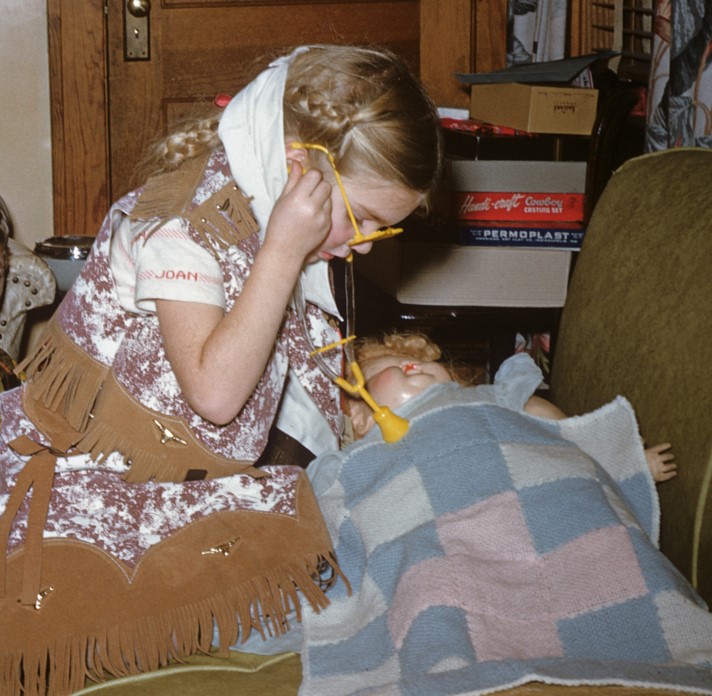
“When I was four or five years old, I vividly remember one Christmas Eve. Having been warned that Santa would not come if we were awake, my two older brothers and I had been sent upstairs to bed. However, we had no intension of going to sleep. Instead, we crawled under my brother’s bed and gathered our heads around a cold air register positioned directly above the hallway below. Because we didn’t have a fireplace, my brothers knew that Santa would have to come in the door and down that hallway to reach the living room where the Christmas tree and our stockings were. Giggling with anticipation, we peered down through the holes of the register awaiting Santa’s arrival.
It wasn’t long before we saw the top of the fur-trimmed red hat go bobbing past below. We scrambled out from under the bed and tore down the stairs to see Santa standing with mom and dad in the living room. He gave us our presents, wished us a Merry Christmas and left back down the hallway.
Happily, I began playing with my new doll house, but my worldlier brothers started to doubt that it had really been Santa Claus. They insisted on going out into the yard to look for the reindeer tracks and sleigh marks. Mom and Dad tried to discourage them, but they bundled up in their coats, boots, scarves, and mittens and headed outside. I was too young to go and had to be content to watch from the window.
After years of seeing deer tracks on the beaches of Lake Michigan, my brothers were experts. It wasn’t long before they came trudging back through the snow to assure Mom, Dad, and myself that they had definitely seen the reindeer tracks. It had been the real Santa! And that is why, to this very day, I know Santa Claus exists. My big brothers proved it!

